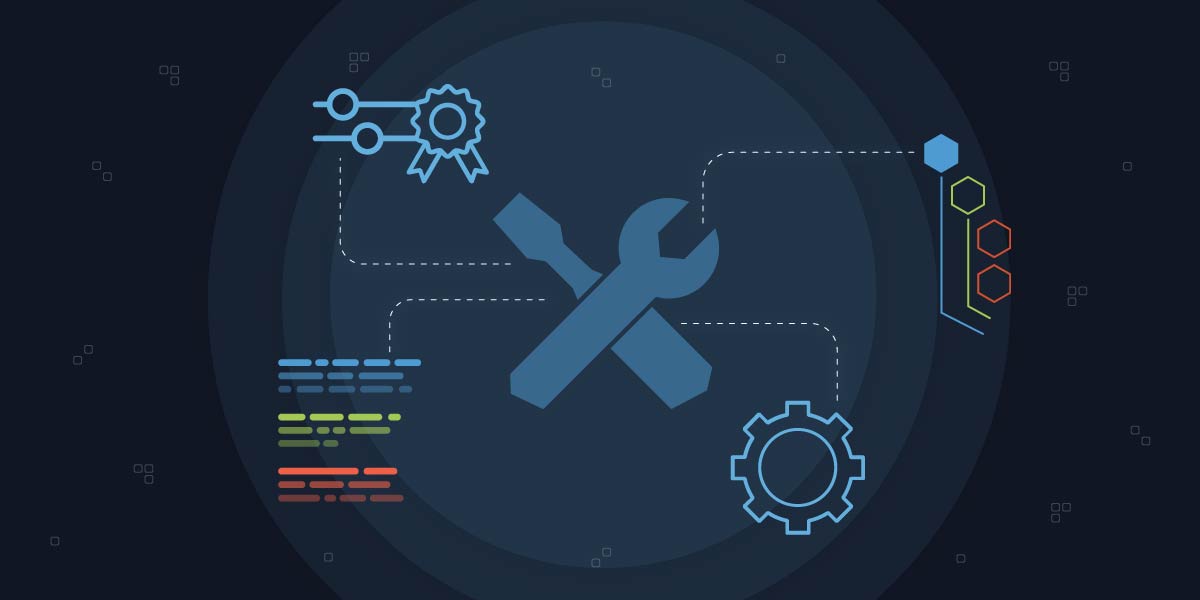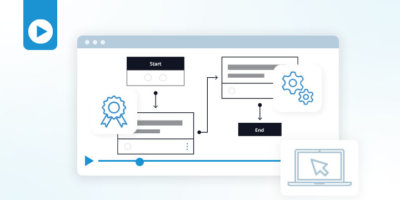Organizations should assess if their current network configuration and compliance management tools and processes are holding them back from true network optimization.
Network infrastructure is expanding into multiple cloud platforms. While the cloud promises ease of use and appears to be increasing in popularity among developers, engineers, and companies, a migration to the cloud is not a simple flip of a switch. An expansion to multiple cloud platforms brings the challenge of managing cloud-based network infrastructure and services in tandem with an organization’s existing on-prem devices. As a result, ensuring every network device and service in today’s exploded network and cloud infrastructure is in compliance has become increasingly more difficult — resulting in parts of the network drifting from the accepted standard.
To effectively confront and manage the increasingly expanding network, organizations should assess if their current network configuration and compliance management tools and processes are holding them back from true network optimization. Network teams must ask themselves what will ultimately cost a business more — keeping current strategies and initiatives risking potential security threats/outages or taking a step forward towards full network automation and modernization.
Network teams should consider the following questions as a guide to help determine if it’s time to take a new modern approach to automate an organization’s network configuration and compliance management.
How is Compliance Confirmed — Manually, Scheduled Intervals, Ad Hoc?
To determine if the network is in compliance, a series of configuration checks must occur at regular intervals for every device in the network, and the result of those checks must be reported to the team so issues can be remediated. Without automation, this is a real challenge for an enterprise because of the large number of devices they manage and how often these checks need to run.
Is it Necessary to Manually Remediate Configuration Changes on Devices out of Compliance?
When a compliance check detects that a device is out of compliance, it’s important to remediate the change safely and as quickly as possible. Manually remediating every configuration on every out-of-compliance device is simply too time-consuming and error-prone. Network teams can employ automation tools across an organization to ensure changes and updates are made effectively and efficiently.
How Can Compliance Reports Help Network Teams Prevent Outages?
Network teams can gain valuable insight by reviewing compliance reports over a period of time. These reports can reveal details about areas of the network that are historically problematic or uncover issues that could become problematic in the future, allowing network teams to fix these issues before they become outages. A network must be modernized to make compliance reports readily available whenever an issue arises.
How do You Roll Back a Configuration Change?
The ability to intelligently roll back to a previous configuration on a network device is a must-have tool for every network practitioner. Rollback can be used for lab testing, troubleshooting, or quickly recovering from a network outage. But, network teams lose time if they must look at a backup configuration file and then make manual changes to the device. This is an inefficient method for rolling back a configuration change when automation can have an immediate effect.
Must Teams Swivel-Chair Across Multiple Systems and Sources?
When someone on the networking team needs to review a previous configuration file, it’s critical that they be able to locate the information quickly. There is always an immediate need for information, whether it’s because they need to reference a feature that worked in the past for an issue occurring in the present or because they need to determine what changes have been made recently that may be causing problems. The network team does not have time to wade through dozens of files and folders, possibly across different systems, looking for a needle in a haystack. They need a solution that automates the configuration backup process and organizes them so network teams can immediately find what they are seeking.
As the rate of change to the network increases, it becomes more difficult to keep up with the regular maintenance and hygiene of the network, which detects whether changes already made to the network have brought it out of compliance. This maintenance process should also provide the ability to validate a proposed network configuration change before it’s applied, ensuring a network never drifts from the defined standard. The answers to the above questions will make it clear if it’s time for networking teams to begin modernizing and automating their networks — especially if they show that these standards are not being met.
To better assess what’s holding you back from adopting network automation and why you can’t wait to automate, read the “10 Questions to Assess Your Network Automation Readiness” eBook.
Article originally published on Network Computing.






